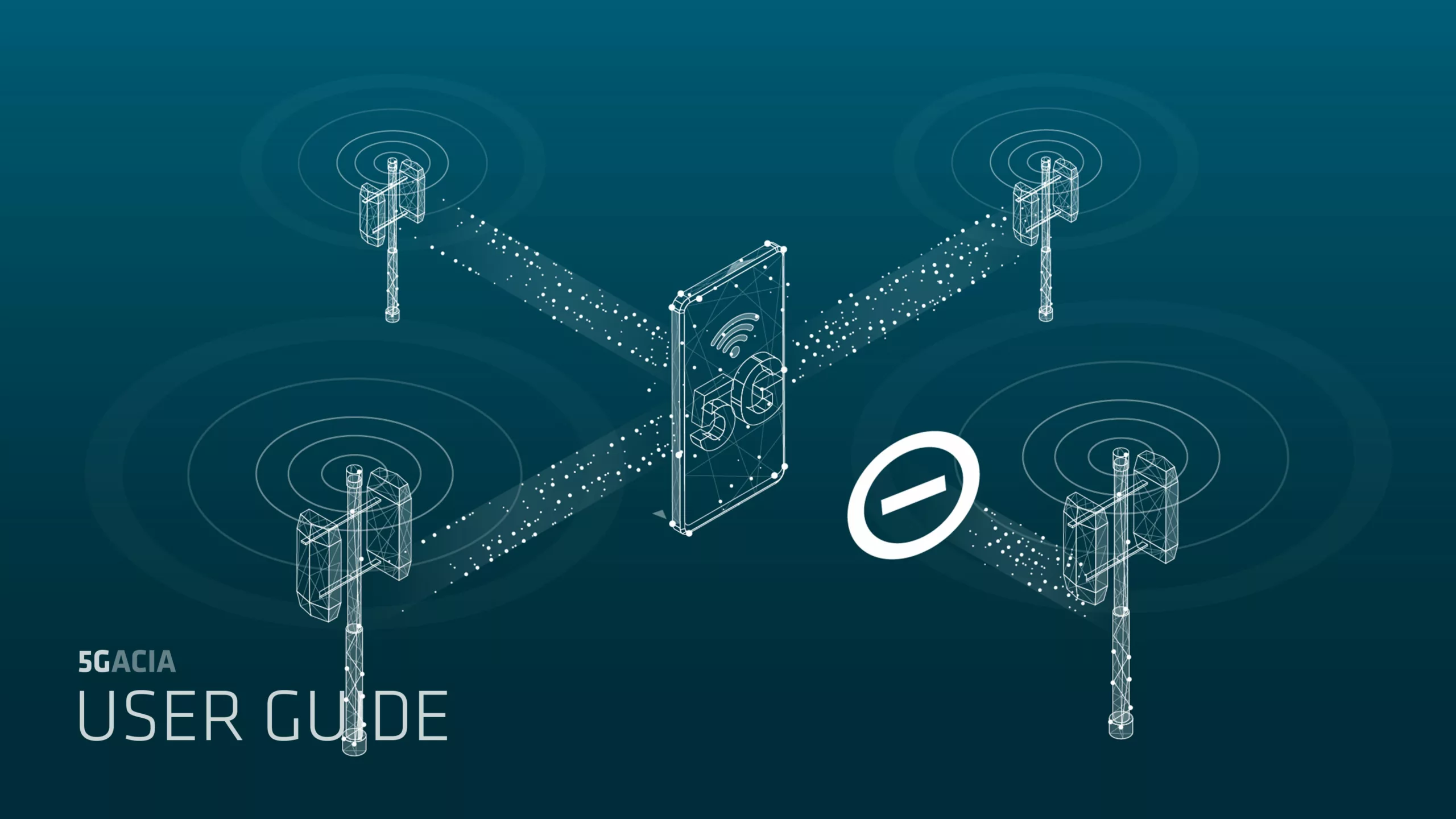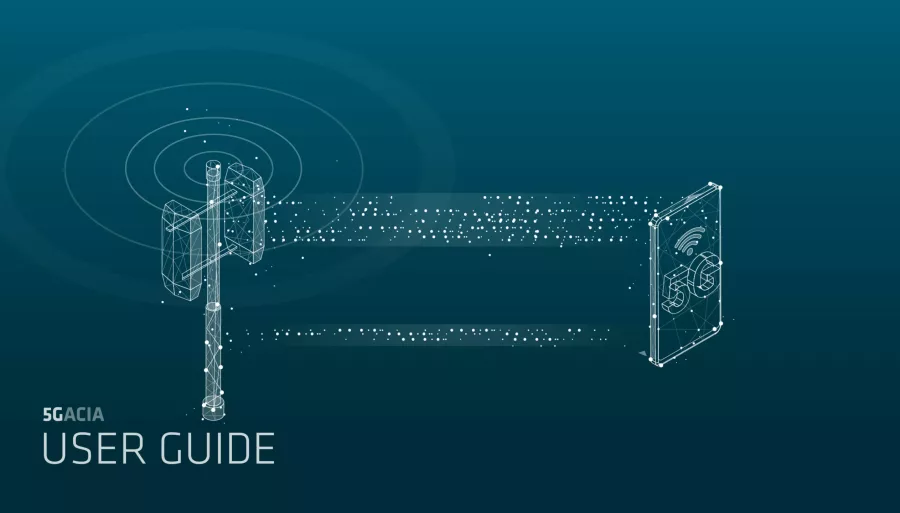Public network integrated (PNI) non-public networks (NPNs) are NPNs provided through public land mobile networks (PLMNs), such as via dedicated data network names (DNNs) or one or more network slice instances allocated to the NPN. For user equipment (UE) to access a PNI-NPN made available through a PLMN, the UE must have a subscription with the PLMN.
During the initial standardization of NPNs in 3GPP, the importance of fully isolating dedicated NPN resources and capacity was emphasized. As a result, the closed access group (CAG) concept was standardized. Network slicing, by itself, does not provide a means to prevent UEs from attempting to access network slices allocated for the NPN in areas where they are not permitted. Therefore, CAGs can optionally be used to enforce access control.
A CAG identifies a group of subscribers who are permitted to access one or more CAG cells associated with the CAG. CAGs are used in PNI-NPNs to prevent UEs that are not authorized to access the NPN through specific CAG cells from automatically selecting and connecting to those cells. CAGs act as a mechanism for access control, such as authorization during cell selection, and are configured as part of the mobility restrictions in the subscription, independent of any single network slice selection assistance information (S-NSSAI). A CAG is identified by a unique CAG identifier within the scope of a PLMN identifier (PLMN ID). A CAG cell broadcasts one or more CAG identifiers associated with the PLMN.
To use CAG, a UE supporting CAG may be pre-configured or reconfigured with the following CAG information, which is included in the subscription as part of the mobility restrictions:
- An allowed CAG list, which specifies the list of CAG identifiers the UE is permitted to access;
- Each entry in the allowed CAG list may be associated with time validity information, specifying one or more time periods during which the UE is allowed access;
- Optionally, a CAG-only indication, which specifies whether the UE is only permitted to access the 5G system via CAG cells.
The CAG cell broadcasts information such that only UEs that support CAG can recognize and access the cell.

